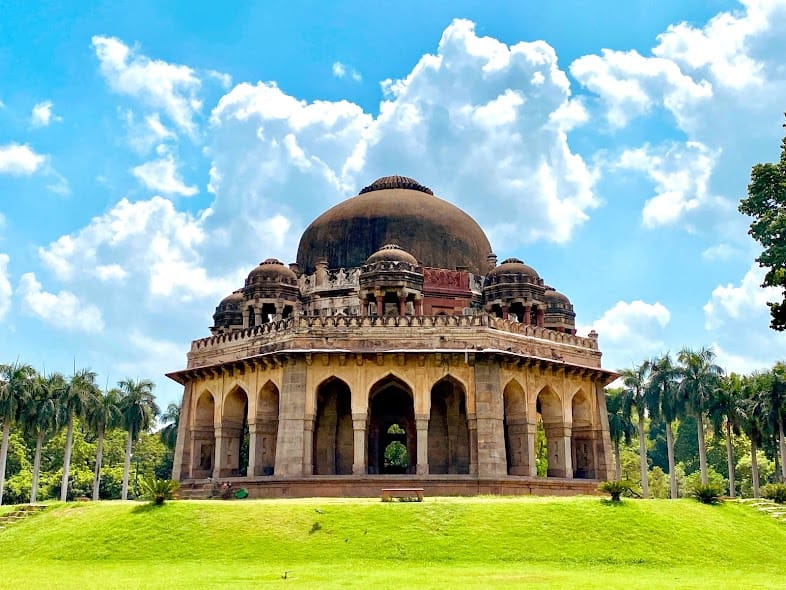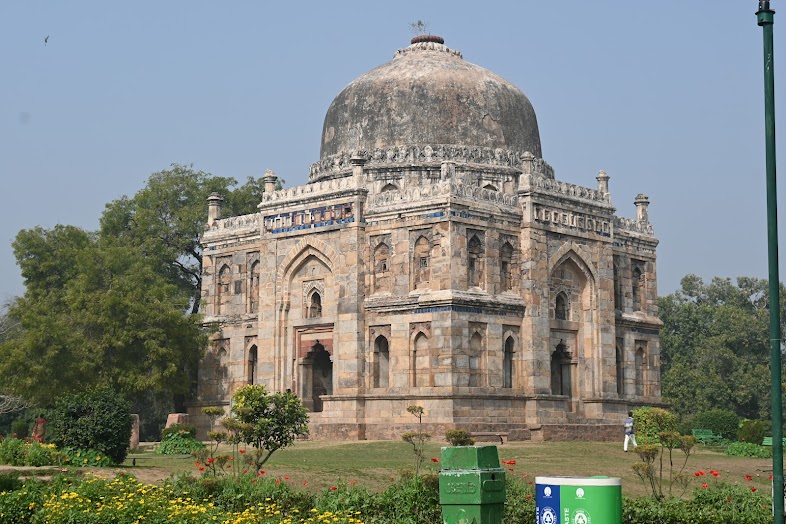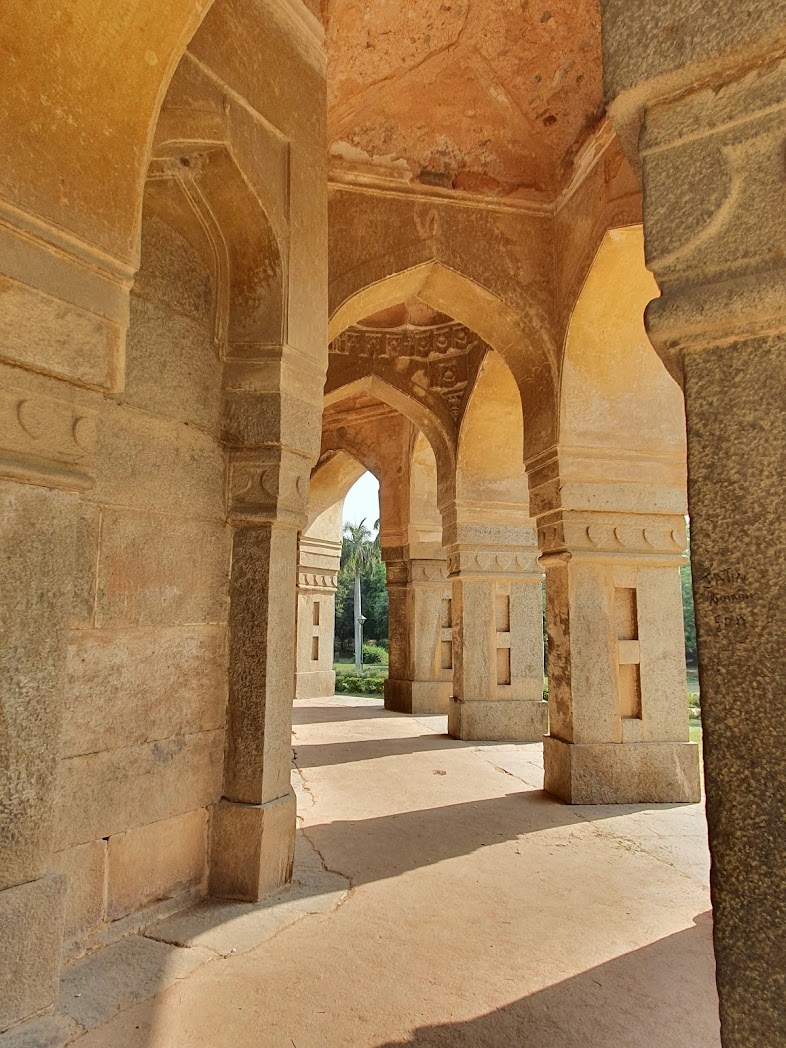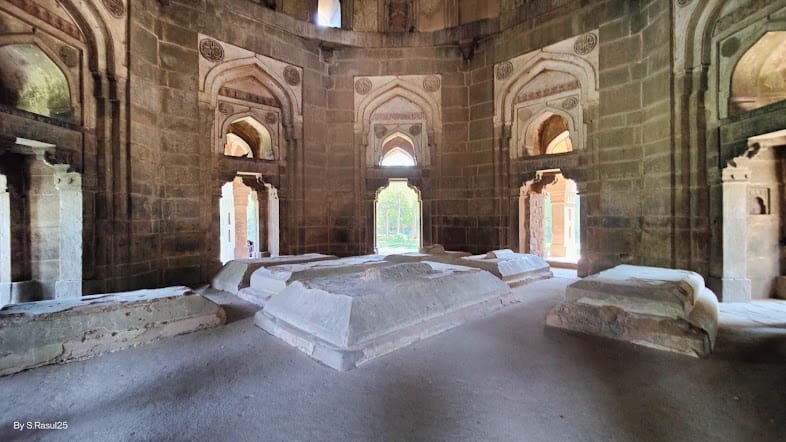



The Shah Tomb, also known as Shah Alam's Tomb, is located in Delhi, India. It is a lesser-known tomb compared to others in the city but holds historical significance. Here's a brief overview: Shah Alam (Title) Shah Alam, meaning "King of the World," was a title held by several Mughal emperors, but the tomb in Delhi is usually associated with Shah Alam II, the Mughal emperor who reigned during a period of decline for the Mughal Empire. However, it could also refer to figures linked to Mughal noblemen or saints. History and Establishment The tomb is believed to have been constructed during the late 18th or early 19th century. It was built in the declining years of the Mughal Empire, reflecting the architectural style of that period, which often blended Persian and Indian influences. Architectural Features Design: The tomb reflects a mix of Mughal and regional architectural styles. It typically has a domed structure, a characteristic feature of Mughal tombs. Materials: Made using sandstone and marble, similar to other monuments of the era, though not as grand as those built during the empire's zenith. Surroundings: The tomb is surrounded by gardens, which were typical of Mughal mausoleums, though these may not have been preserved well over time. Significance The tomb is historically significant as it represents a period of transition in Indian history. The later Mughals were rulers in name only, with the British East India Company gaining influence. This tomb, therefore, symbolizes the decline of the once-powerful Mughal dynasty. While it's not as grand as Humayun's Tomb or Safdarjung's Tomb, the Shah Tomb is an important part of Delhi's rich architectural and historical landscape.